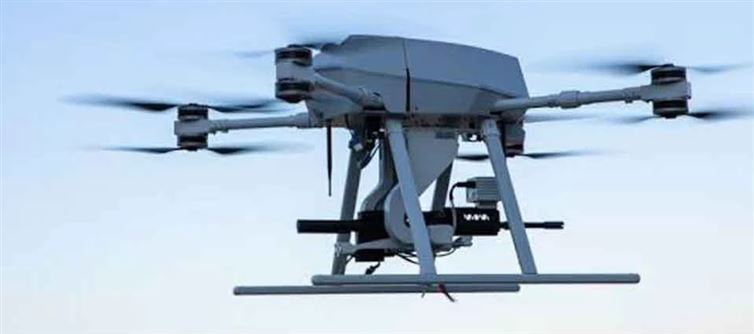
Russia has been using inexpensive Iranian drones, such as the "Shahed," in salvos to strike Ukrainian targets to deplete the costly air defense systems and missiles provided by the West. Ukraine's economy is being squeezed by the enormous cost-benefit implications of this. pakistan may have used these rudimentary drones for a variety of other reasons.
The Pakistani military may have wanted the indian military to disclose its plans for thwarting air-space invasions in addition to trying to put pressure on india to spend money on costly missiles and air defense ammunition against these inexpensive drone swarms.
A source from the indian military establishment told THE WEEK, "It could also have been a demonstration that indian air space can be intruded upon or there could have been a surveillance plan also."
Awantipura, Srinagar, Jammu, Pathankot, Amritsar, Kapurthala, Jalandhar, Ludhiana, Adampur, Bhatinda, Chandigarh, Nal, Phalodi, Uttarlai, and Bhuj were among the other place where the Pakistani drones entered.
The indian military launched a counteroffensive on Thursday, attacking Pakistan's air defense radars at many sites and demolishing the Lahore system.
The source added that an alert indian air defense system successfully stopped the massive drone attack by combining "soft" and "hard" kills. DRDO's in-house anti-drone electronic warfare capabilities eliminated roughly 20 drones, while the L70, Zu23, and Schilka air defense guns shot down at least 50 of them.
"These attacks were aimed at indian military infrastructure and were supported by heavy-caliber shelling along the LoC," Colonel Sofiya Qureshi stated at a briefing on Friday. "Many of the drones were successfully neutralized using advanced kinetic and non-kinetic technologies, including anti-drone systems," she stated.
The remaining drones flew back to pakistan after evading these guns with the help of "mother" drones.
People in a wide range of areas from north to west india were in a state of widespread panic as a result of the weapons' firing on these drones, which left streaks of light in the night sky.
"The majority of these drones were unarmed, but around 1% would have been carrying explosive payloads. According to a military official, "the small drones were very crude and can be bought off the shelf in local markets."
These drones were identified by forensic analysis as Songar drones, which are produced by Asisguard in Turkey.
India launched Operation Sindoor on May 7 in response to the brutal shooting death of 26 men, mostly tourists, in Kashmir's pahalgam on april 22. The operation involved nine locations in pakistan that served as bases and training grounds for terrorists backed by pakistan who belonged to different terror networks, including the Lashkar-e-Toiba, the Jaoish-e-Muhammad, and the Hizbul Mujaheedin.
Islamabad's reprisal included Pakistan's drone assaults on May 8 and 9.




 click and follow Indiaherald WhatsApp channel
click and follow Indiaherald WhatsApp channel